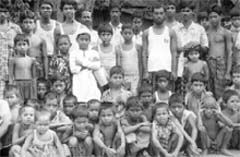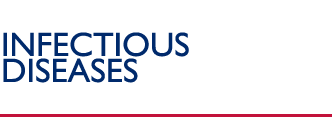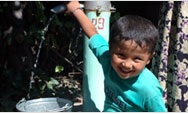Disease Surveillance: Overview
 |
| SOURCE: MARSHA
MCCOSKRIE, JHU/CCP |
Information for Action
The ability to control infectious diseases
requires an effective and comprehensive public health surveillance
and response capacity. Public health surveillance is an essential
prerequisite for establishing local, national, regional and
global priorities; planning, mobilizing and allocating resources;
early detection of epidemics; as well as monitoring and evaluating
disease prevention and control programs. Public
health surveillance includes the process of detecting diseases
through a standardized information collection system that
can insure data quality, analyze and interpret the data,
get information to the individuals who can act on it, and
then facilitate the necessary response that will effectively
deal with the problem. The system is structured to deal
with routine health threats and epidemic diseases. Whatever
the specific public health problem, the surveillance and
response capability must be built on a foundation of skills
in areas such as case detection, epidemiology, data analysis
and interpretation, laboratory diagnostic confirmation,
and appropriate response.
USAID, in consultation with its
partners, has reviewed the needs at the local, national,
regional and global levels and developed a program that
reflects these needs, as well as USAID's comparative advantage.
The Agency's Disease Surveillance Program stresses the development
of a strong foundation at the local and national levels
for the collection, analysis and use of public health information.
USAID is contributing to the development of this foundation
through technical assistance and participation in regional
and global initiatives.
|


